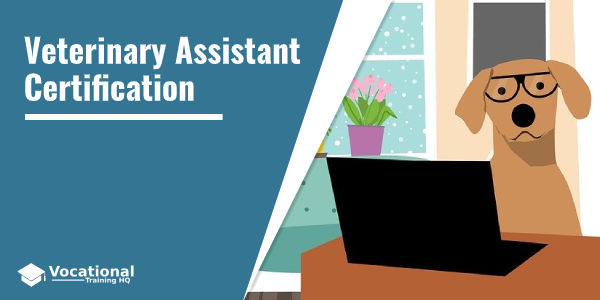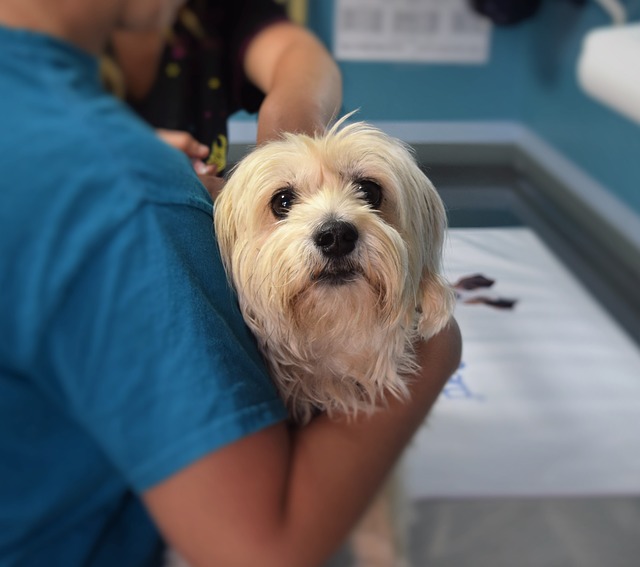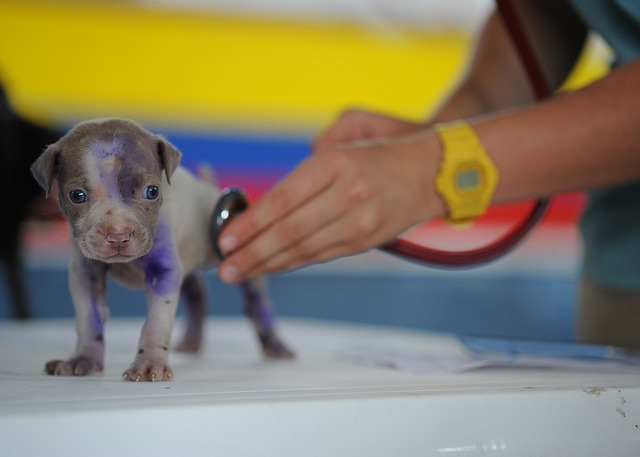Even if you’ve watched Animal Planet or Discovery Channel for all your life and know everything about animals, it doesn’t guarantee you can be a good vet assistant.
While it’s true that having a background dealing with animals and knowing much about them can be helpful, there are more factors to consider when starting your veterinary assistant career.
Vet assistants should be logical, organized, and good with people.
Mostly, they work with pet owners rather than pets, so they need excellent communication skills.
Vet assistants can be tasked with cleaning and organizing the vet office, mopping up after pets, preparing surgical areas, and handling important paperwork.
Besides, successful vet assistants know veterinary terminology and can deal with insurance companies.
While vet assistants can be involved in advanced procedures, no state requires them to have a license or certain certification.
However, employers seek assistants with some formal education, such as a certificate or associate’s degree approved by the National Association of Veterinary Technicians in America (NAVTA).
These programs take form three to twelve months to complete, after completion of which, candidates can take the Veterinary Assistant National Exam.
After passing the examination, they are awarded the title of Approved Veterinary Assistant (AVA).
When competing for higher-paying jobs, the nationally-recognized certification can be extremely useful.
Requirements for Veterinary Assistant Certification
The veterinary assistant certification requirements are almost identical in every state.
Since the standards for the vet assistants’ education are fairly new in the industry, most of the requirements are maintained by NAVTA.
There are some exceptions, for example in Texas and California, but in most states, following these regulations is the only way to obtain the certification.
The primary requirement is education.
Only those programs that meet the requirements of NAVTA make students eligible for the vet assistant certification.
Students should complete at least 150 contact hours by the end of their training.
These hours include hands-on experience in vet labs.
They should also work with both large and small animals and have clear assessments and goals that demonstrate their progress.
Additionally, these courses must be taught by veterinarians or veterinary technicians.
The second essential requirement is the national exam.
In most states, you need to reach a certain score on the Approved Veterinary Assistant Examination (AVA) to become certified.
The test includes 100 questions that should be completed within 150 minutes.
Students should obtain 75% or higher.
In most states, this designation and the NAVTA-approved program meet the certification requirements.
This rule has some exceptions.
In California, there is an alternative to the AVA designation offered by the California Veterinary Medical Association (CVMA).
The standards to which students are held are much higher through this program than the NAVTA one.
It requires 600 hours of hands-on training, a mentor vet or vet technician practicing in California, and an exam of 100 questions.
The requirements of the Texas Veterinary Medical Association (TVMA) for their CVA program are not as strict.
They include 90-day work experience with a qualified vet or vet technician and a 70% passing score on the exam.
There’s a possibility to complete these state-level exams with the same benefits as through the NATVA certification.
There is also an alternative to AVA designation provided by the Missouri Veterinary Medical Association (MVMA).
Students should complete 90 days of work supervised by a vet or a registered veterinary technician.
They should demonstrate 100% competency in the required skill set to pass the examination.
Value of Certification & Specializations
Since there are no official requirements for the certification or training, many vet assistants have only a high school diploma.
If you pursue a national or local certification, you can advance your career in the field.
You can find a better-paying job if you have a certification.
Additionally, it can be used for a vet technician degree.
While working in the vet office without specialized training you will learn many important lessons about veterinary assistance, with continuing education, you can expand your opportunities and get a higher-paying job.
For instance, state and city animal shelters and control centers offer the highest-paying jobs.
Certification and specialization is an excellent way to stay competitive in the market.
There aren’t many specializations that vet assistants can choose from, unfortunately.
Through a NAVTA-approved training program, you can acquire a specialization in small or large animals.
Some schools offer vet clerical work or management specializations instead of more general certification programs.
Veterinary Assistant Licensing Boards
Vet assistants can be certified by individual bodies, but no licenses are required.
The NAVTA identifies programs that meet their regulations and hold an examination for those who wish to become an Approved Veterinary Assistant (AVA).
Similar education and assessment are provided by the California Veterinary Medical Association (CVMA), Missouri Veterinary Medical Association (MVMA), and Texas Medical Veterinary Association (TMVA), which result in the Certified Veterinary Assistant (CVA) designation.
Among all of these agencies, NAVTA is the most valuable and widely recognized.
After students pass the Approved Veterinary Assistant Examination (AVA), their skills and education are recognized nationally.
Therefore, these students are more competitive and can find higher-paying jobs easier.


